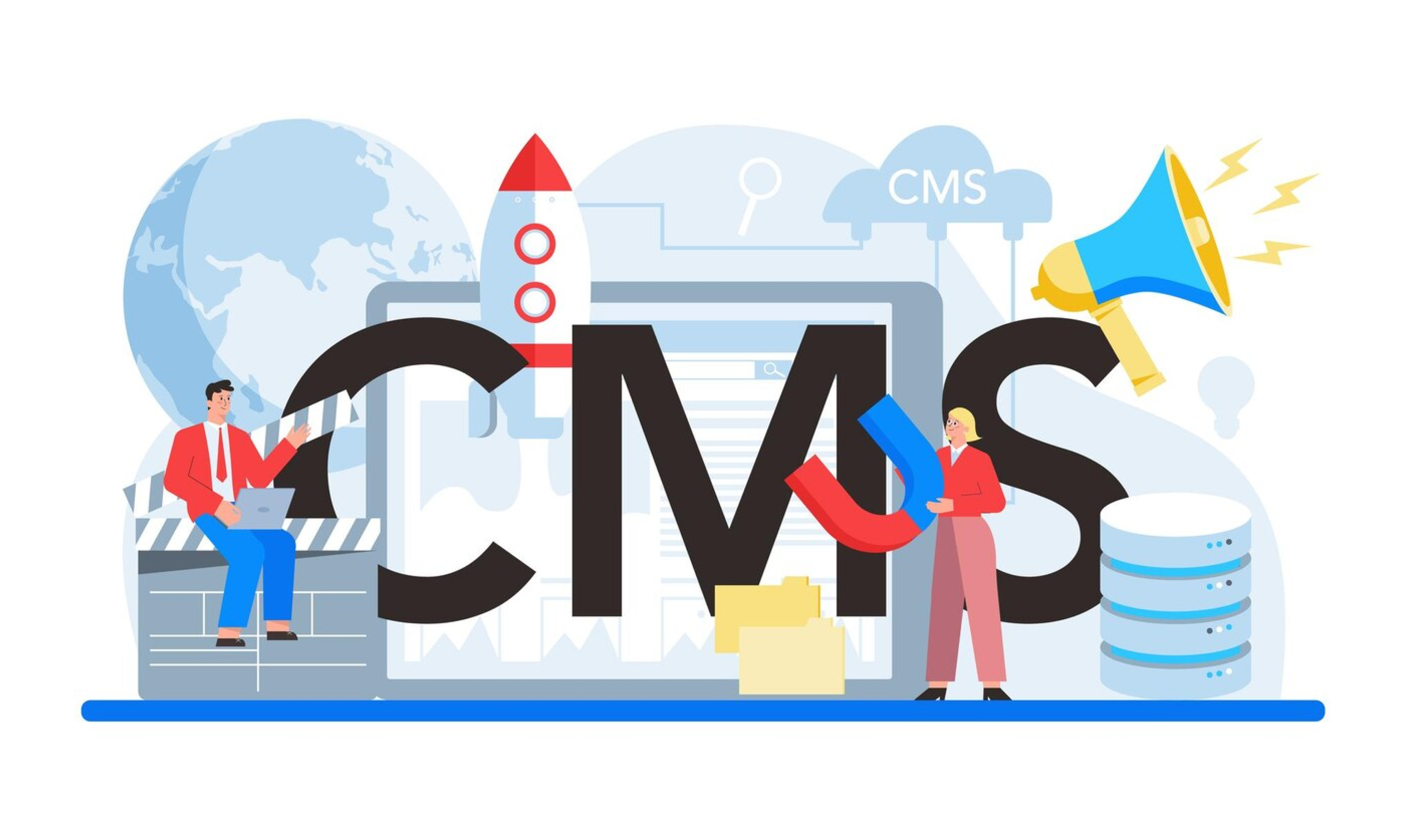
Content is vital in B2B marketing, especially in a long purchase cycle. Yet, most B2B content marketers face challenges demonstrating their work’s ROI (“return on investment”).
As a result, their marketing budget may get slashed, or the headcount may be reduced as a result of the company missing its revenue quota or the economy heading into a recession.
I firmly believe it’s a must for content marketers to showcase content’s value-add to management and internal stakeholders whenever and wherever possible.
The best way to quantify content ROI is through demand generation and sales.
First thing first – content, by itself, doesn’t mean much!
Content is like a piece of furniture. But, unfortunately, it’s tough to measure the value of furniture on its own.

But, if you put the furniture in a partially decorated room, this piece of furniture suddenly looks pretty nice.

Or, better yet, put it in a fully decorated room…voila! The piece of furniture suddenly takes on an element of luxury.

Content is the same way, just like a piece of furniture. It’s hard to measure the value of content in the absence of context.
Take a look at this blog post in a Google Doc. It’s pretty plain because no bells and whistles have been added to liven it up yet…

But when you dress up the blog post with images and add an SEO-centric (Search Engines Optimization) title and additional relevant links, the blog post becomes much more relevant and valuable.
Once published, you can (and should) promote it through various outbound channels, such as Facebook, Twitter, email campaigns, paid media, and more. The value continues to grow this way!
Bottom line:
Content doesn’t mean much unless it’s well-constructed and part of a bigger outreach system.
To unleash the value of your content, it has to be integrated into any/all outbound channels you’ve got, such as your website, social media posts, email campaigns, and more!
Because at the end of the day, content contributes to outbound marketing, which indirectly impacts demand generation goals.
Say, for example, management cares about new qualified leads.

Here are two approaches you can use to measure the link between content and new leads
Budget allocation:
Total content budget / Total content budget + website budget + demand gen budget = %
Other channels’ dependency on content:
Content, promotions, and your website all work hard to generate leads. But, is there a way to analyze each outbound channel’s dependency on content to get a sense of the effectiveness of what you’re producing?
Assemble a marketing team to determine the percentage of email campaigns or social media posts that heavily rely on content.
For example, not every email campaign you send out is in newsletter format. Some may be announcements or product promotions.
Classify the types of email campaigns you’re sending out, and then calculate the percentage of emails that incorporate content as part of their formats.
Do the same for social media posts. Some posts focus solely on promoting content, while others are just light-hearted quotes or fun surveys. What is the percentage of posts that rely on content to perform well?
If you have a demand generation program with lead scoring, that’s even better. Most lead generation efforts with a lead scoring system rely heavily on content to gauge potential customers’ buying intent.
Here is the reality of trying to quantify the effectiveness of content
The % of content ROI is always an estimate (not an absolute value). The estimation needs to be agreed upon by the team to be valid.
Proactive co-own key success metrics
Another important tip for content marketers to demonstrate content ROI is to co-own campaigns and demand generation metrics as part of the marketing plan. Make sure that content strategy is also part of the bigger marketing strategy.
Don’t be shy! Make the demand generation goals part of your content marketing goals.
Quantify the contribution of your content to sales
Another way to demonstrate the importance of content is through the sales team’s usage. Creating content for sales is a great way to showcase content’s value-add.
The best to track content effectiveness is to create a sales-centric content management library.
Upload sales-centric content to the library, and then tag them with all the key parameters, such as:
- Product families
- Product names
- Target audiences
- Vertical segments
- Territories/regions
- Authorships
- Pain points/challenges
- Content descriptions
- Content formats
- Purchase stages
- Languages
- Expiration dates
By doing so, you can easily see usage data and analytics, including:
- Content downloads
- Keywords for search
- Total users and frequency
- Content requests
- Sales feedback
You can also use the formula such as:
total content budget/total salespeople = content consumption per salesperson
To calculate how much content budget is available per salesperson.
Or, you can even calculate the overall cost per download:
total content budget/total downloads = content/per download
When you break down content monetarily, it gives management the impression that the total content budget is not as big as it looks when it’s used by your big sales team beneficially.
In summary…
It’s important not just to buckle down on content creation or case studies. As a content marketer, you need to have a sense of how content is used across different channels, as well as its overall effectiveness.
Make an effort to work with other marketing counterparts to come up with the percentage of what content contributes to demand generation efforts and sales usage. Then, use that percentage as part of your content plan and budgeting.
Proactively request to co-own key strategic metrics to show your impact.
Lastly, be your own ambassador to promote and educate others about the content ROI you bring to the table.
Six Ways to Start Subject Matter Experts Thinking Like Content Marketers
How To Strike A Balance Between Global and Local Marketing
Two Effective Ways To Integrate Sales and Marketing within a Big Enterprise
How To Collect and Use Data For a Data-Driven B2B Marketing Plan







